PRODUCTS
CONTACT US
Ningbo Nide International Co., Ltd.
一一
· Contact person:Jack Zeng
· Mob/Whatspp/WeChat:0086-13738869026
· Email:emarketing@nide-group.com;marketing4@nide-group.com
· Add:No. 169, Wohushan Road, Daqi Subdistrict, Beilun District, Ningbo, China

Nide team could manufacture ball bearing as per customer’s drawing and samples.
If customer only has samples, we could also design drawing fo r our customer.
We also provide customized service.
Our ball bearing is widely applied the different industrials.
Haishu Nide International is located in Ningbo City, Zhejiang Province. It is a high-tech enterprise that integrates research and development, application, production, and sales. Mainly producing high-performance insulation paper,ball bearing,carbon brush,magnet,fan,thermal protector,shaft, etc. The product has a series of characteristics such as oil-free self-lubricating, wear resistance, corrosion and rust resistance, acid, alkali, salt and gas corrosion resistance, no magnetic and electrical insulation, high temperature and cold resistance, light weight, etc. It is widely used in industries such as water pump motor,compress motor,servo motor,washing machine motor,air condition motor,BLDC motor,electric bicycle motor,electric automotive motor.
By ceaselessly improve our quality and, our products win high praise for our favorable price, excellent service and timely delivery. No matter before or after sales, from quality to price, we have the complete and professional management system.
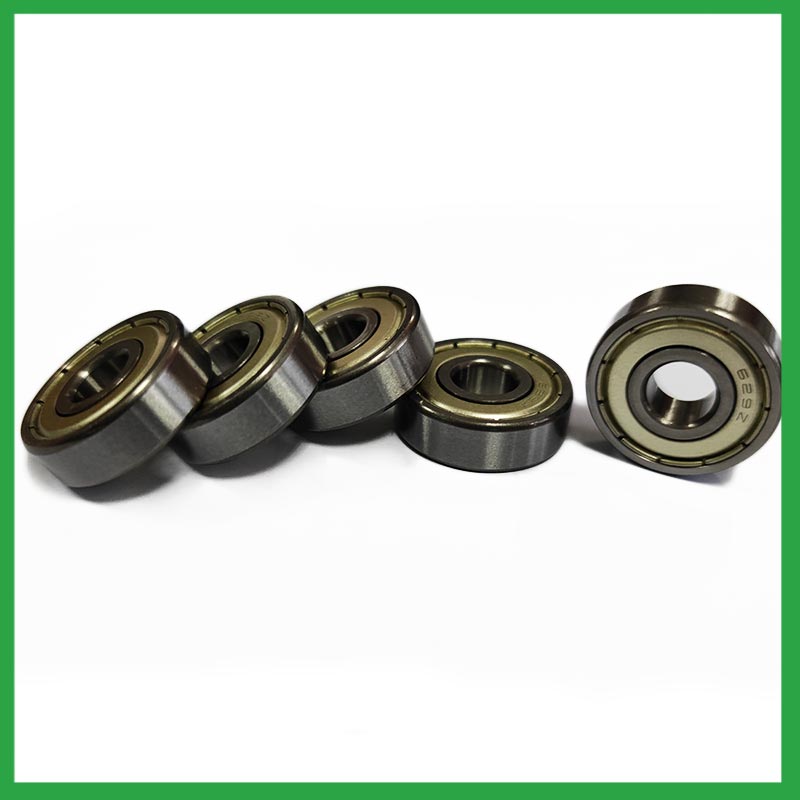
| Parameter | Information |
| Product Name | ball bearing surface roughness |
| Place of Origin | China |
| Brand Name | Nide |
| Material | ceramics, etc. |
| Type | Ball |
| Warranty | 3months-1year |
| Port | Ningbo/Shanghai |
| Application | fan electric motor,various industrial equipment, etc. |
| Size(mm) | customize |
| Color | Silver gray+customized |
| Precision Rating | as per customer's requirement |
| Certification | ISO 9001 Certification,CE-stator coil winding inserting machine,CE-stator coil lacing machine,etc |
| Feature | Simple structure,High precision...etc |
| Packaging Details | Suitable for sea transportation |
| Service | one-stop service |
| Model Number | ball bearing |
| Supply Ability | 100000-500000 Piece/Pieces per Month |
| Lead time (days) | 15-20 (To be negotiated) |
Please note: The above table data is for reference only. For specific information, please contact us.
ball bearing surface roughness can be used in household appliances, such as upper and lower pressure rods,vegetable cutters,barrel machine spindle bearings,refrigerator door leaf wings, etc; It can also be used in industrial fields, such as bearing cabinets,dishwashers,motors,weaving machine spindle bearings, etc.
During the disassembly process, the outer shell should be kept intact to avoid unnecessary damage;
When replacing installation components, attention should be paid to the accuracy of the support components to prevent deformation;
During the disassembly process, attention should be paid to protecting the surface quality of the ball bearing to ensure its performance;
During the operation, attention should be paid to removing surface dust to ensure the quality of the ball bearing.
Ball bearings have many advantages, making them highly competitive in the market.
Firstly, they are very durable and have good wear performance, making their service life longer than many other types of bearings.
Secondly, they are easy to install and can provide low friction performance in various applications.
Thirdly, they require a relatively low level of maintenance, making them cost-effective.
In addition, compared to many other types of bearings, their purchase cost is relatively low, making them an economical choice.




ball bearing surface roughness---FAQs Guide
2.How do ball bearing surface roughness contribute to the overall efficiency and energy savings in industrial machinery and transportation systems?
3.Can ball bearing surface roughness be customized with special coatings or treatments to meet specific industry standards or regulatory requirements?
4.Are there miniature ball bearing surface roughness designed for use in precision instruments and small-scale mechanisms?
5.How do cage designs affect ball bearing surface roughness speed and acceleration capabilities in high-speed machinery?
6.How do ball bearing surface roughness handle radial loads, axial loads, and combined loads, and what are their load-carrying capacities?
7.About ball bearing surface roughness,Can I add my own logo?
8.What maintenance practices are recommended to extend the lifespan of ball bearing surface roughness and prevent premature failure?
9.Do ball bearing surface roughness come in various tolerance classes?
10.What are the ball bearing surface roughness product skill training options?
11.Are there ball bearing surface roughness designed for extreme temperature environments, such as cryogenic or furnace applications?
12.Can ball bearing surface roughness operate in high-speed applications, and what design features make them suitable for such conditions?
13.How do preload adjustments in ball bearing surface roughness affect their performance and suitability for high-precision tasks?
1.As a ball bearing surface roughness manufacturer,What is your payment method?
We accept T/T, PAYPAL or Western Union, credit card or via ALIBABA Assurance order.
2.How do ball bearing surface roughness contribute to the overall efficiency and energy savings in industrial machinery and transportation systems?
The balls roll along the raceway, allowing for smooth rotation of the machinery or equipment. Ball bearings are used to support rotating, reduce friction and support radial and axial loads in high-load, high-speed applications where reliability and efficiency are critical.
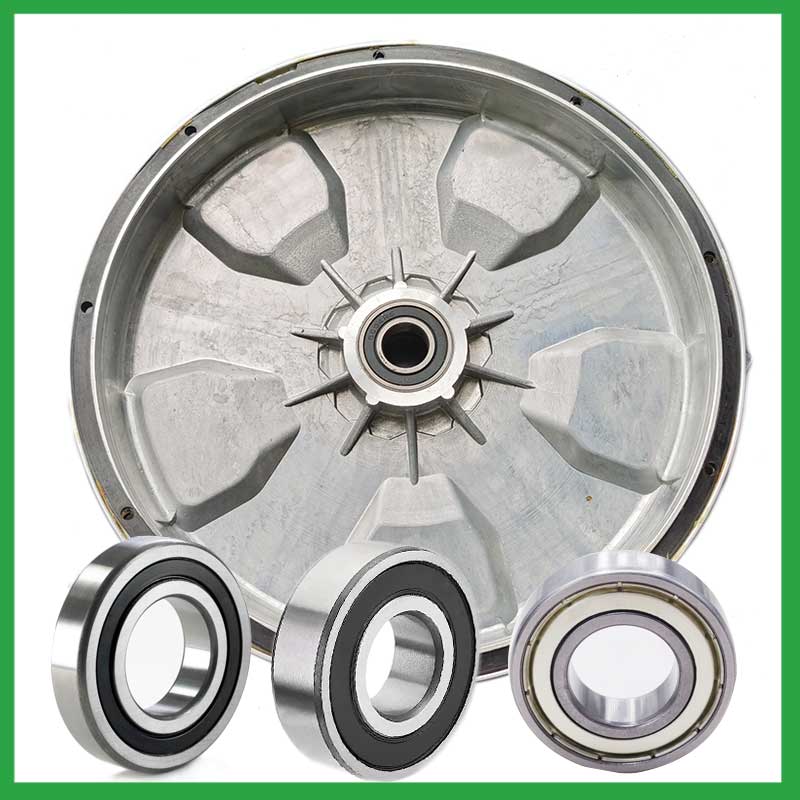
3.Can ball bearing surface roughness be customized with special coatings or treatments to meet specific industry standards or regulatory requirements?
Yes, ball bearing surface roughness can be customized with special coatings or treatments to meet specific industry standards or regulatory requirements.
1. Corrosion-resistant coatings: These coatings are used to protect the bearings from corrosion caused by exposure to moisture, chemicals, and other corrosive substances.
2. High-temperature coatings: These coatings are used to improve the thermal stability and performance of bearings in high-temperature environments.
3. Food-grade coatings: These coatings are specially designed for applications in the food and beverage industry, where bearings come into contact with food, beverage, or pharmaceutical products.
4. Anti-static and non-conductive coatings: These coatings are used to dissipate static electricity, which can cause damage to electronic components.
5. Specialized lubrication treatments: Bearings can be treated with specialized lubricants that meet specific industry standards or regulatory requirements.
4.Are there miniature ball bearing surface roughness designed for use in precision instruments and small-scale mechanisms?
Miniature bearings, despite their small size, play a significant role in various industries and applications. These compact powerhouses, typically measuring less than one inch in outer diameter, offer exceptional precision, durability, and reliability. Miniature bearings find extensive use in precision instruments and robotics.
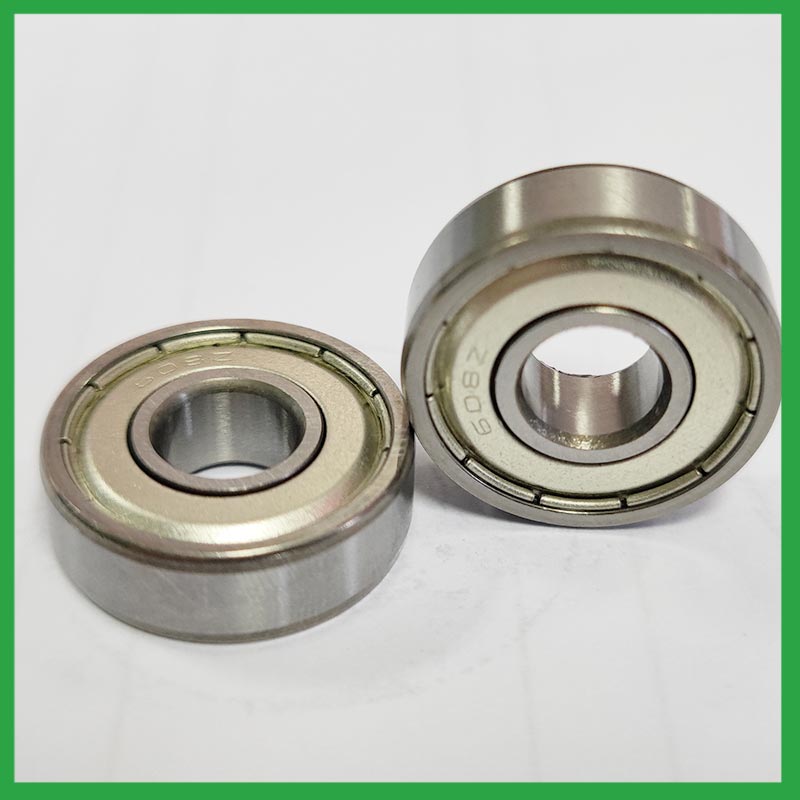
5.How do cage designs affect ball bearing surface roughness speed and acceleration capabilities in high-speed machinery?
In high-speed ball bearing surface roughness, external load has a great effect on cage stability and sliding ratio, especially for the bearings at work in the starting process. The cage stability is worse in the beginning of the bearing starting process. The axial load greatly influences cage dynamic performance in the bearing starting process.
In addition, while ball bearings worked under steady conditions, axial load and radial load both have a great influence on cage dynamic performance. The effects of axial load on cage dynamic performance during the bearing starting process are opposite from the effects under steady conditions.
6.How do ball bearing surface roughness handle radial loads, axial loads, and combined loads, and what are their load-carrying capacities?
The type of bearing used also varies between these loads. While deep-groove ball bearing surface roughness are better equipped to handle radial loads, thrust ball bearings are designed for axial loads. However, it's essential to note that most bearings, such as angular contact ball bearings, can handle both radial and axial loads.The Bearing Static Capacity, Co, is the maximum load that can safely be applied to a non-rotating bearing that will not cause subsequent bearing operation to be impaired. It is based on calculated contact stress at the center of the most heavily loaded rolling element where it contacts the Inner Race.
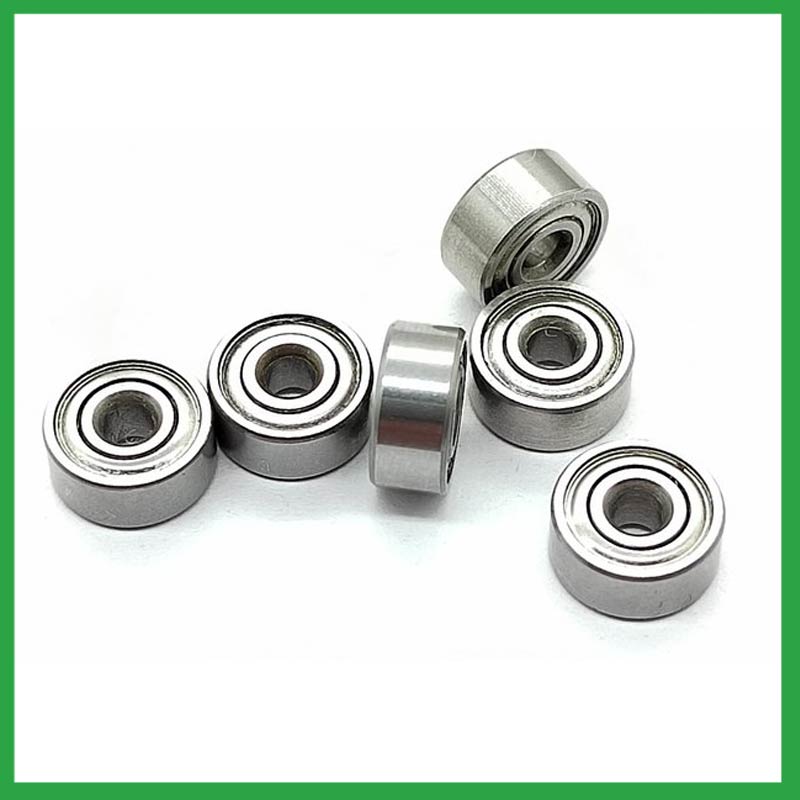
7.About ball bearing surface roughness,Can I add my own logo?
Yes, you can add your logo on bearings and packing box. We supply OEM SERVICE including bearing's size, logo, packing, etc.
8.What maintenance practices are recommended to extend the lifespan of ball bearing surface roughness and prevent premature failure?
Proper handling and installation of ball bearing surface roughness is essential to preventing premature failure. Ensure that bearings are stored and transported in a clean, dry, and vibration-free environment. During installation, ensure that bearings are properly aligned, and torque is applied correctly.
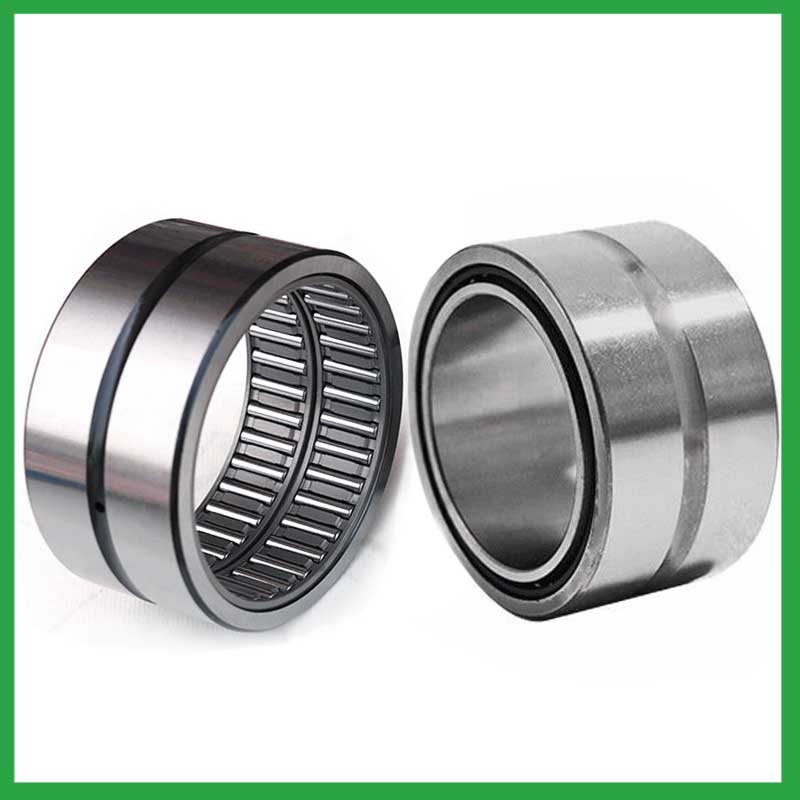
9.Do ball bearing surface roughness come in various tolerance classes?
Bearing tolerances are standardized by classifying bearings into the following six classes (accuracy in tolerances becomes higher in the order described): 0, 6X, 6, 5, 4 and 2.
10.What are the ball bearing surface roughness product skill training options?
Quality comes from being controlled rather than be done. On the basis of the escalating production equipment and optimized process, Nide spare no efforts and keeps improving for quality control. Quality assurance covered with system, technology and human resources are in full swing.
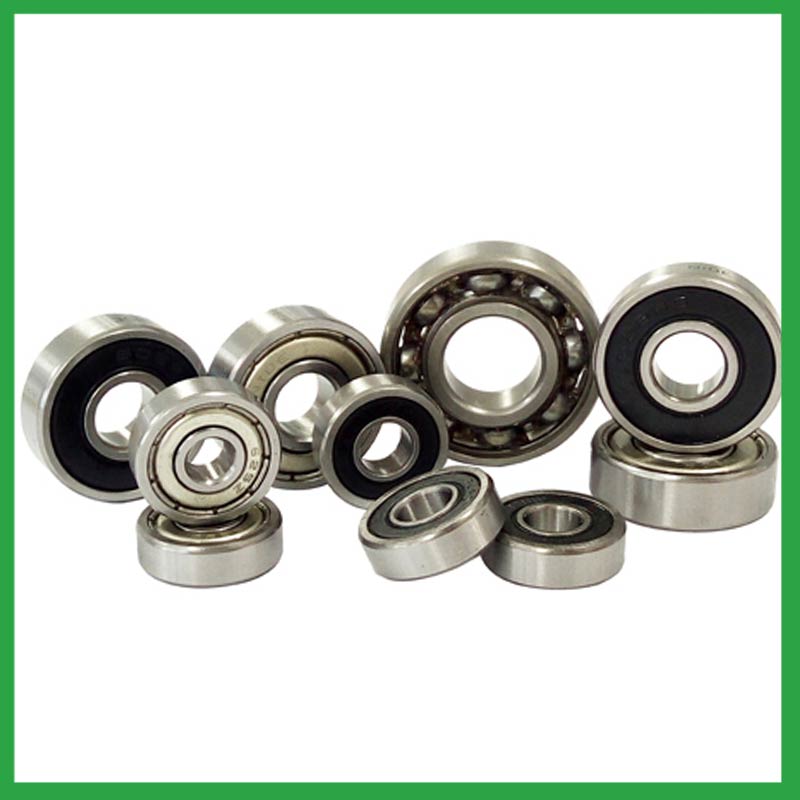
11.Are there ball bearing surface roughness designed for extreme temperature environments, such as cryogenic or furnace applications?
High temperature ball bearing surface roughness use specialized lubricants to stand up to high temperatures. Grease-packed bearings are pre-filled with fluorine grease for high temperatures, while YS and SJ bearings use molybdenum disulfide (MoS2) solid lubricant to withstand temperatures up to 350°C and 400°C respectively.
12.Can ball bearing surface roughness operate in high-speed applications, and what design features make them suitable for such conditions?
They have very low rolling friction and are optimized for low noise and low vibration. This makes them ideal for high-speed applications. ball bearing surface roughness are comparatively easy to install and require minimal maintenance.
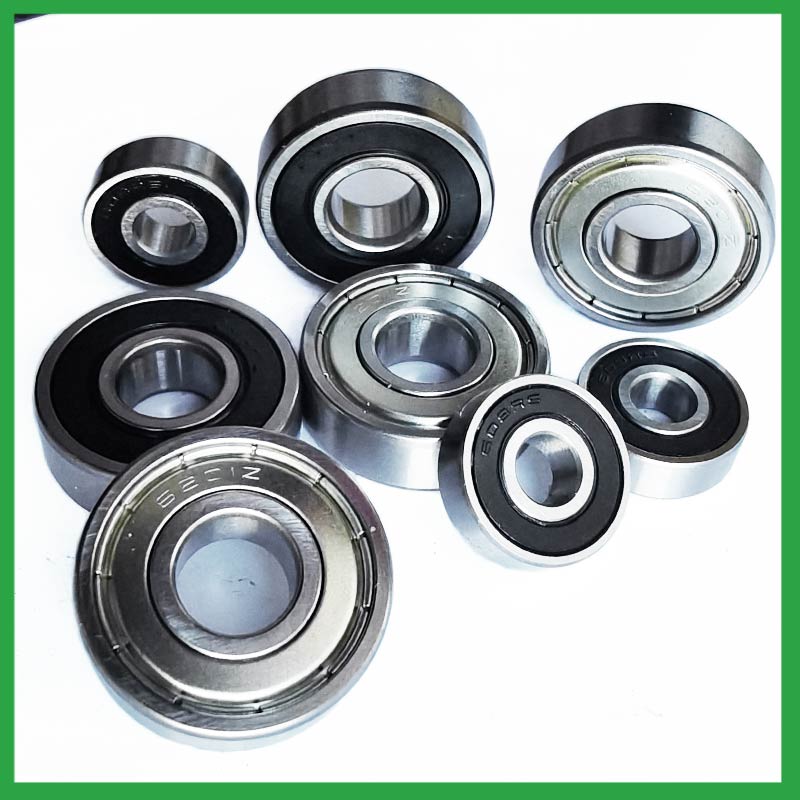
13.How do preload adjustments in ball bearing surface roughness affect their performance and suitability for high-precision tasks?
Benefits of Preloading a Bearing
Optimizes the ball spin to roll ratio.
Increases the rigidity of an application.
Protects from excessive ball skidding.
Decreases application vibration and sliding friction.
High running accuracy (even if load conditions keep changing)
Increases bearing load capacity.

